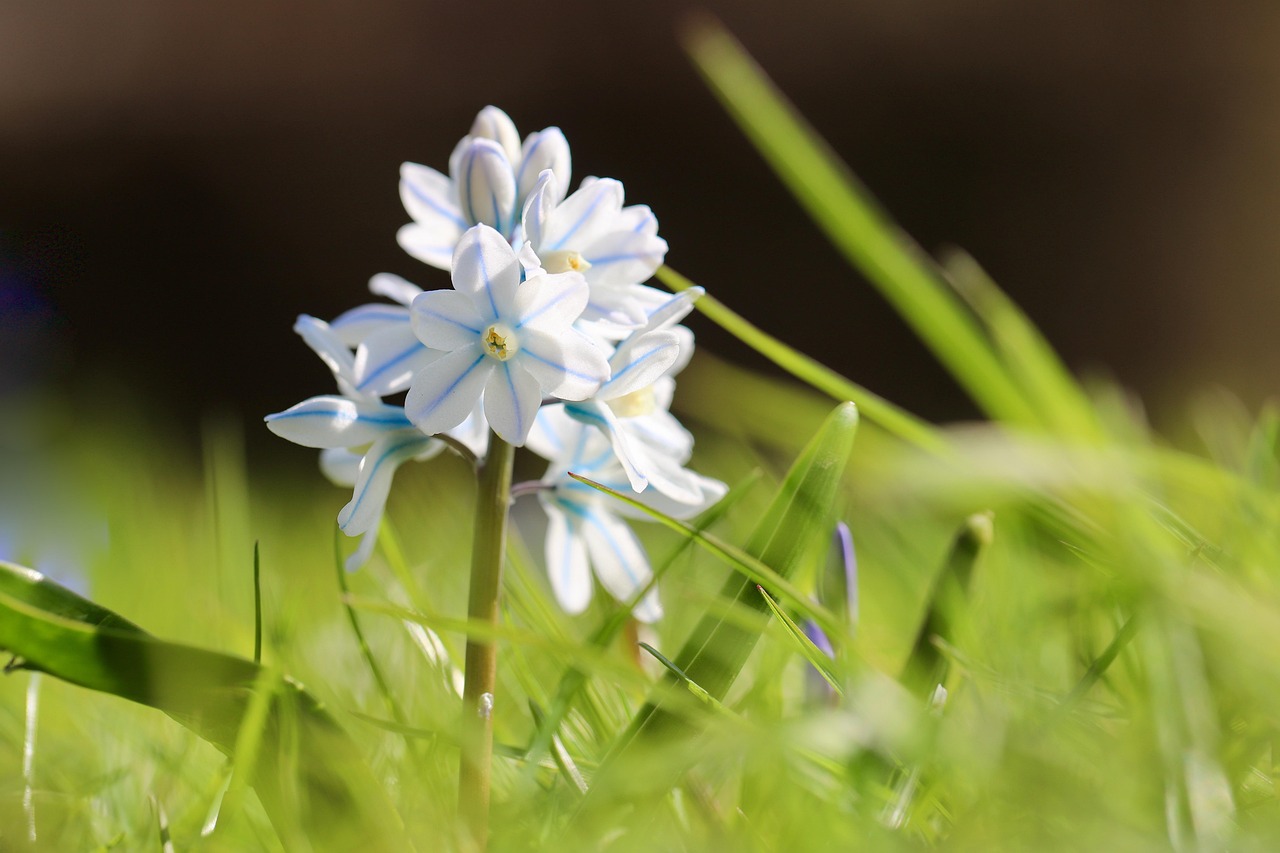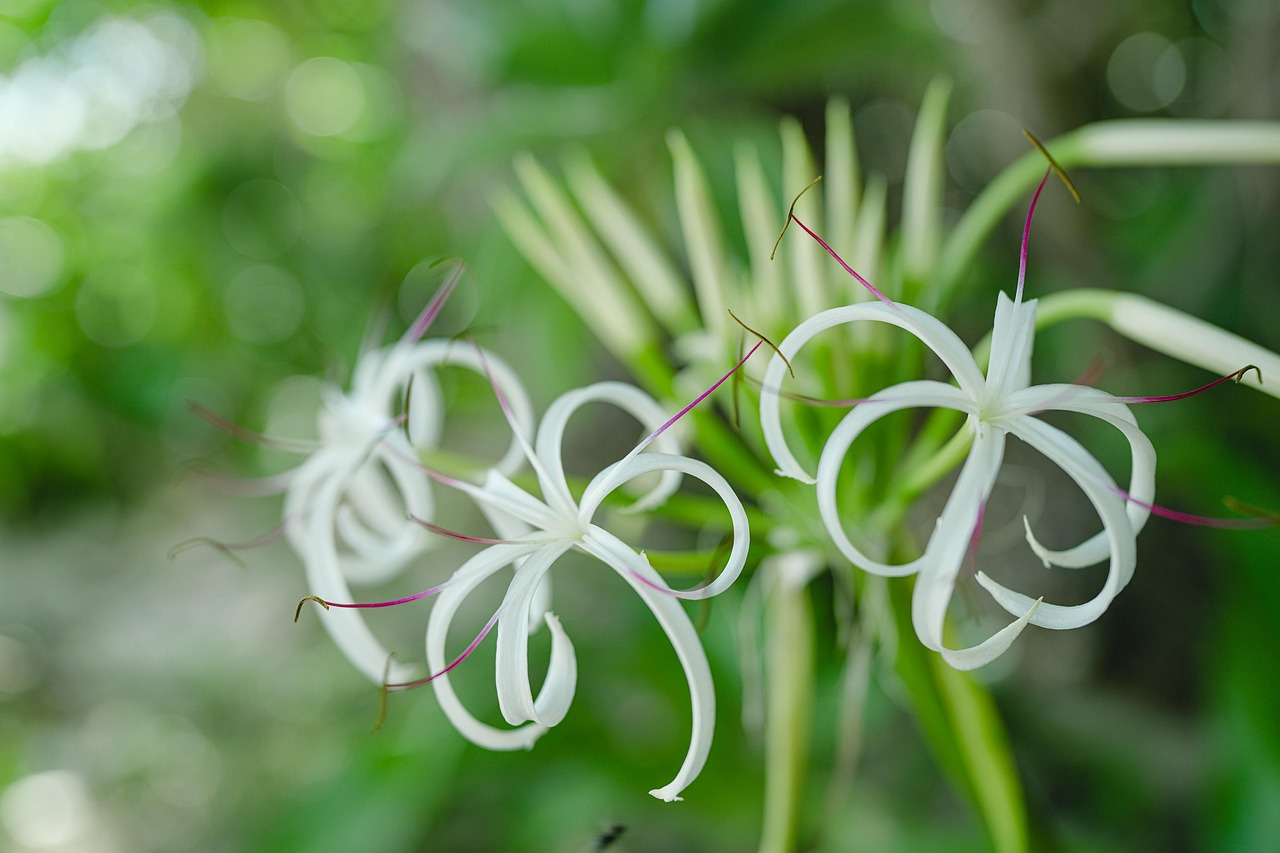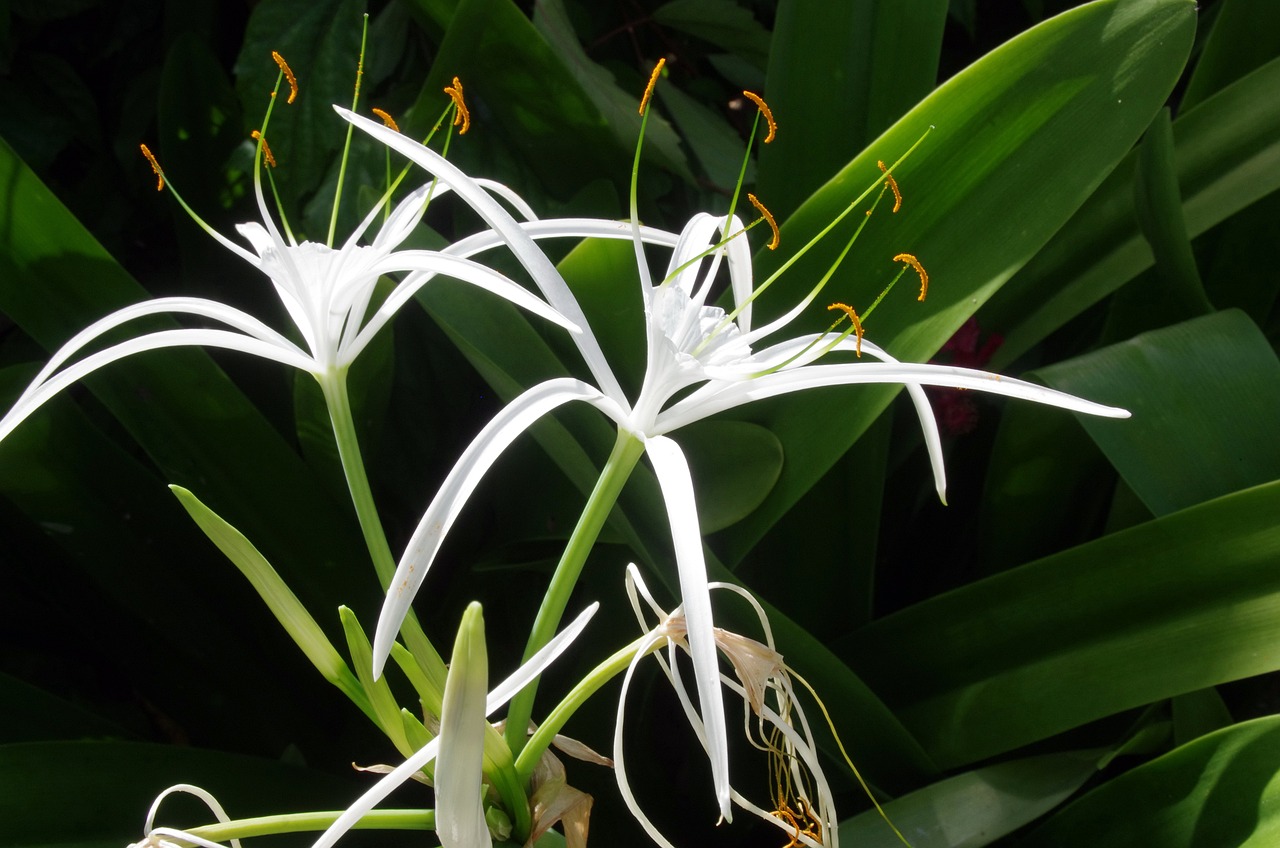Tulips | Spring Landscapes of the Netherlands, the Land of Windmills
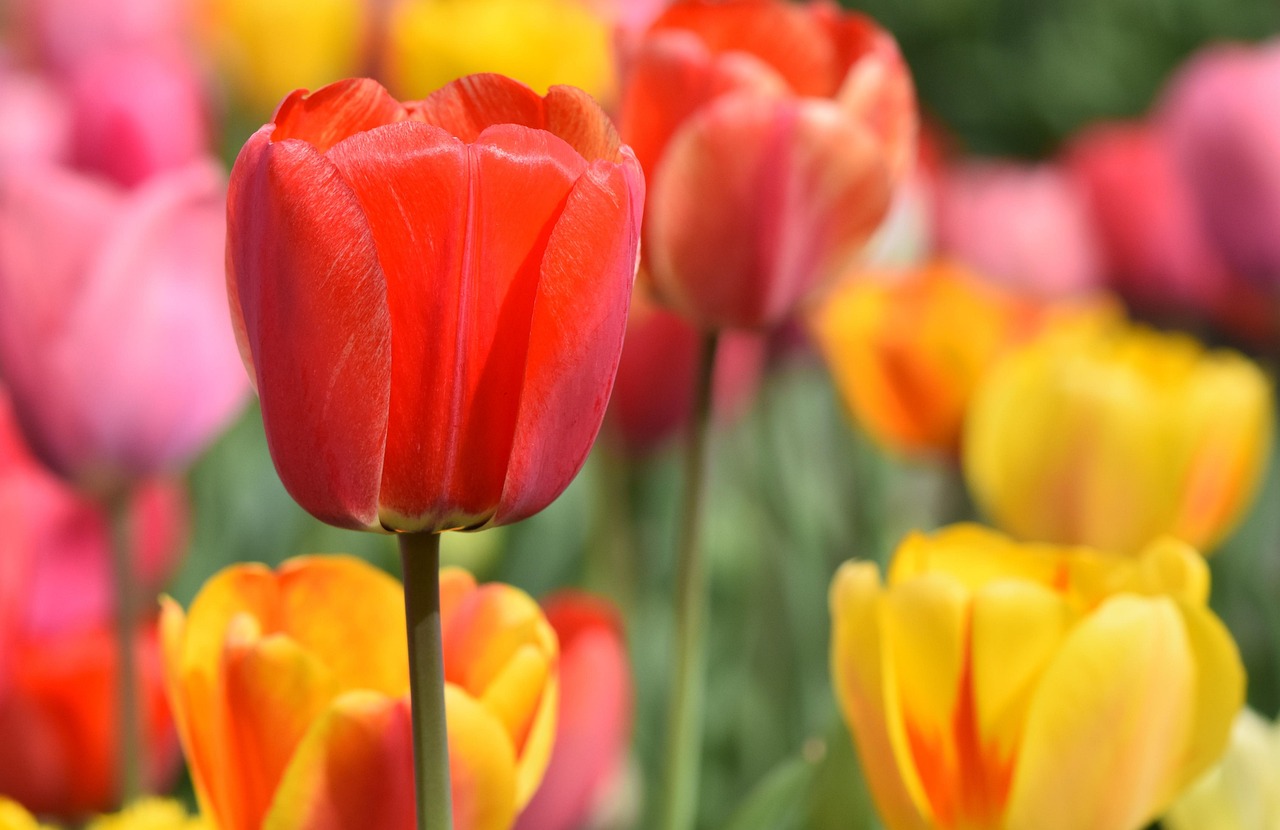
Tulips are cherished worldwide as one of the most iconic flowers of spring. With their vibrant colors and diverse shapes depending on the variety, they bring elegance and charm to gardens and flowerbeds.
In this article, I will introduce tulips in detail, covering their basic information, cultural background, historical significance, and gardening advice.
Basic Information
- Scientific name: Tulipa
- Family: Liliaceae
- Origin: Central Asia
- Appearance:
Tulips are characterized by their simple yet graceful form. Their blossoms come in various shapes, such as cup-shaped or fringed, and in a wide range of colors including red, yellow, pink, purple, and white. In recent years, varieties with patterned petals or multiple layers have also gained popularity. - Blooming season:
Mainly in spring (March to May). In warmer regions, they bloom earlier, while in cooler areas or high altitudes, they bloom later in spring.
Cultural Significance Around the World
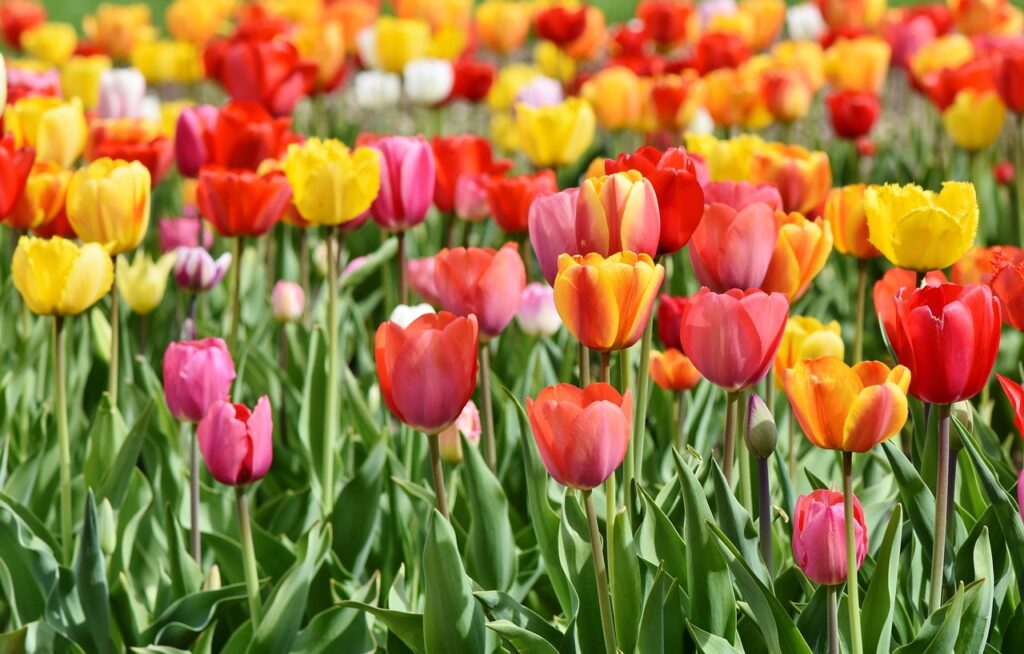
Tulips are famously recognized as a national symbol of the Netherlands. The tulip fields of the Netherlands attract visitors from around the world, and the Keukenhof Gardens in spring offer breathtaking views with vast expanses of colorful tulips.
Tulips also symbolize “love” and “gratitude” and are commonly used as gifts and decorations in spring events worldwide.
- Red tulips symbolize true love.
- Yellow tulips symbolize hope.
- Pink tulips symbolize gratitude.
In Japan, tulip festivals are held in various regions to celebrate the arrival of spring, making them a beloved seasonal tradition.
Thus, tulips are regarded as one of the most important flowers that brighten the spring season across cultures.
Historical Episodes
Tulips originated in Central Asia and were introduced to Europe via Turkey in the 16th century. In the Netherlands, large-scale cultivation soon flourished, making tulips famous worldwide.
One notable event is the “Tulip Mania” of the 17th century in the Netherlands.
During this period, rare tulip bulbs were traded at extraordinarily high prices, sometimes equivalent to the value of an entire house. This phenomenon is known as the world’s first economic bubble. When the market collapsed, bulb prices plummeted, and many people suffered financial losses.
Gardening Advice

Planting Guide
Tulips are planted as bulbs in autumn and bloom in spring. It is important to choose a sunny location with well-drained soil. Pre-chilling the bulbs before planting helps stimulate sprouting and ensures more beautiful blooms.
Watering should be moderate: avoid overwatering to prevent bulb rot, water when the surface soil is dry, reduce watering in winter, and provide adequate water during the growing season.
Environment and Growing Conditions
Tulips prefer cold climates, as winter chilling is essential. In warmer areas, artificial cooling treatment (pre-chilling) is recommended. They thrive in slightly acidic to neutral soil. Adding compost or leaf mold enriches the soil and provides nutrients.
After blooming, cut the flower stalks to return nutrients to the bulbs. Keep the leaves until they wither naturally, so that the bulbs store enough energy to bloom again the following year.
Conclusion
Tulips are iconic flowers of spring, admired across the world. From the Netherlands to Japan and beyond, they enrich spring landscapes with their beauty while carrying deep cultural and historical significance.
They are also relatively easy to grow, and with proper care, they will reward you with stunning blooms year after year. I encourage you to plant tulips next spring and brighten your garden or balcony with their vibrant colors.



